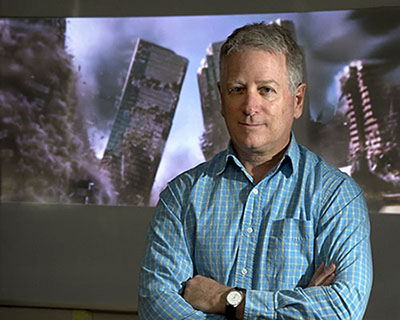
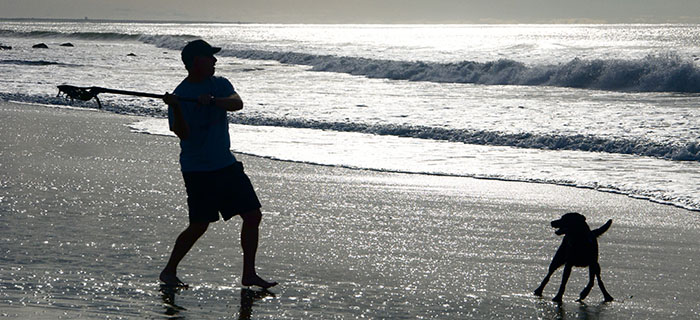
Geophysics
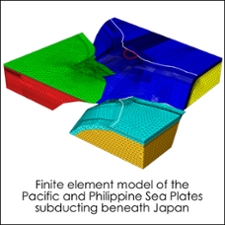
My group uses numerical models of earthquakes and postseismic processes constrained by observations of surface deformation to infer the rheologic structure of the crust and mantle and understand how earthquakes are triggered.
Planetary
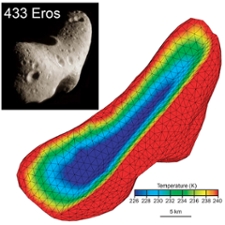
My group uses thermomechanical models of the evolution of impact craters, lava flows, and convection constrained by spacecraft observations of faulting, topography, and gravity to understand the past tectonic history and dynamics of other planets.
Teaching
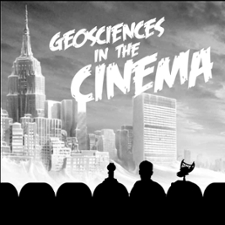
I teach a fun introductory class for non-majors called Geosciences in the Cinema, where we use depictions of natural disasters in the movies as a basis for learning about nature’s wrath. I also teach graduate classes in geodynamics and planetary surfaces.
Outreach

I enjoy giving lectures on earthquakes and planetary sciences to broad audiences at libraries, schools, and community groups. After the 2010 Haiti earthquake, I visited with various communities to calm fears and discuss earthquake safety.